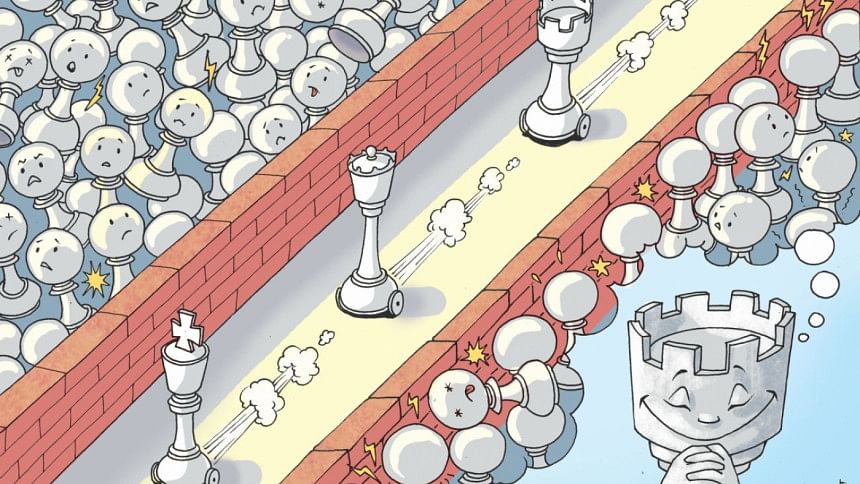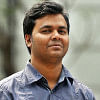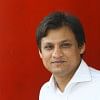VIP LANE? What about people's?

Dhaka's road traffic earned a horrendous feat quite a long ago. Be it day or night, the roads remain clogged with thousands of vehicles for hours, taking a toll on commuters and costing the country billions of dollars and thousands of work hours.
When the frustrated city dwellers are eagerly waiting for a solution to the perennial traffic congestion, the government high-ups have come up with a bizarre idea of a separate lane for the VIPs.
That is what the Cabinet Division has proposed to the Ministry of Road Transport and Bridges. According to a proposal, emergency services like ambulance, fire service and police can also use the dedicated lane.
Cabinet Secretary Mohammad Shafiul Alam said, "A normal request was sent from the Cabinet Division for vetting."
Some countries have such lanes and the proposal was sent to examine if the same could be introduced in Bangladesh, he added.
Explaining the rationale for the move while replying to a query, Shafiul Alam after a cabinet meeting yesterday said the vehicles carrying VIPs take the wrong sides of the road, creating traffic chaos.
Emergency services also need separate lanes as patients sometimes die in the ambulances. Fire service and police also need it, he observed.
With the proposal now at Dhaka Transport Coordination Authority (DTCA) for its opinion, transport experts find it "unrealistic".
"Currently, more vehicles are plying on the city roads compared to their actual capacity. In this context, there is no scope of implementing such a proposal," Prof Shamsul Haque, an urban transport expert, told The Daily Star.
"It is totally unrealistic," he commented.
Commuters have meanwhile said this move is a glaring example that the government high-ups only think of themselves.
The proposal comes at a time when the city's traffic congestion made the lives of Dhaka city residents miserable as they remain stuck on the road for hours.
The government has taken some measures to control traffic jam in last few years, but no significant progress was seen due mainly to the increasing number of people and vehicles.
Some major projects, including the metro rail, are now underway as part of those government measures.
More than 1 lakh vehicles, mostly private, hit the city streets every year, but the space in roads remains almost the same, creating huge pressure on the existing roads, experts observe.
As many as 593,077 vehicles in the capital have been registered with Bangladesh Road Transport Authority (BRTA) as of 2010. The number has doubled in just seven years.
Some 114,271 vehicles were registered in the first 10 months of last year, while the number was 110,520 in 2016, according to BRTA.
In the last 10 years, average traffic speed in Dhaka dropped from 21 kmph to 7 kmph, which is slightly above the average walking speed, says a World Bank analysis. The speed may drop to 4 kmph by 2035, slower than walking speed, it adds.
"Congestion in Dhaka eats up 3.2 million work hours per day. This costs the economy billions of dollars every year," says the analysis shared at a high-level international conference in Dhaka in July last year.
Most often people, including the VIPs, are seen taking the wrong side of the roads, prompting law enforcers to take action against them.
Against this backdrop, the Cabinet Division has sent the proposal to the Road Transport and Highway Division (RTHD) of the ministry.
According to the proposal, many densely populated cities in the developed countries have separate lanes for the vehicles carrying service providers, law enforcers and important persons.
If a similar lane could be introduced in Dhaka, movement of the service providers and important persons would be easier, it adds.
The proposal also says the government has taken different measures to reduce traffic jam, but an immediate solution is difficult because of the huge population, increased number of vehicles and shortage of required road space.
An RTHD official said they have sent the Cabinet Division proposal to the Dhaka Transport Coordination Authority (DTCA) for opinions.
The DTCA received the proposal on January 11 and held a discussion on it with the officials of Dhaka city corporations, Dhaka Metropolitan Police and Rajuk on January 30.
Contacted, DTCA Executive Director Syed Ahmed said they have yet to finalise their opinions.
"However, most of the participants of the meeting said it [separate lane for VIPs and emergency services] is not possible in the present condition of the roads [in Dhaka city]," he told The Daily Star yesterday.
Making a separate lane is not possible without widening the roads, he said, adding, removal of many structures is required for that.
"We will send our opinion [to the RTHD]. A further study can be done if required. This [proposal for further study] may be incorporated in our opinion," he said.
"It is not possible to give opinions about such a huge proposal in two or three lines," Syed Ahmed said, adding that many things including the present condition of Dhaka roads and what has to be done must be taken into consideration.
Prof Shamsul Haque of civil engineering at Buet said the Strategic Transport Plan (STP) and the revised STP recommends dedicated lane for public transports like metro rail and bus rapid transit.
Emergency services like ambulance and fire service vehicles can co-ply through the dedicated lane, he added.
After construction of the lanes for public transport, there would be no space left in the roads for another dedicated lane. So, the proposal for a dedicated lane for VIPs and emergency services is "unrealistic" and "there is no scope for it," he added.


 For all latest news, follow The Daily Star's Google News channel.
For all latest news, follow The Daily Star's Google News channel. 




Comments